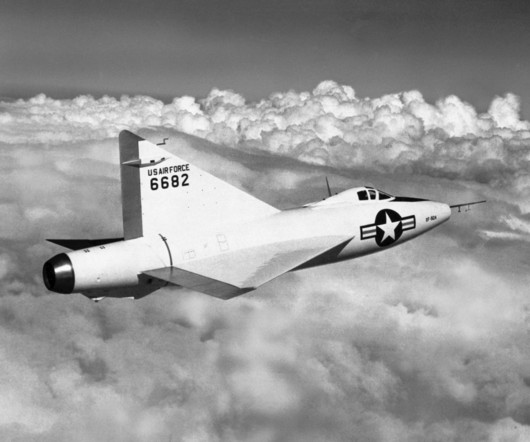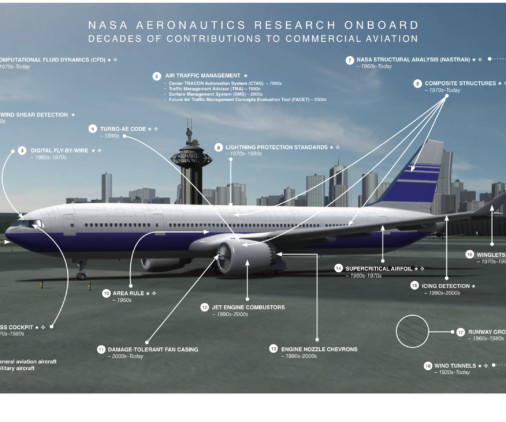Flight Test Files: Convair XF-92A Dart
Vintage Aviation News
APRIL 1, 2025
The delta wing’s large area (425 square feet), thin airfoil cross section, low weight, and structural strength made a great combination for a supersonic aircraft. It was built as a test bed for a proposed interceptor that never materialized. The XF-92A was then used to test the delta-wing concept.














Let's personalize your content